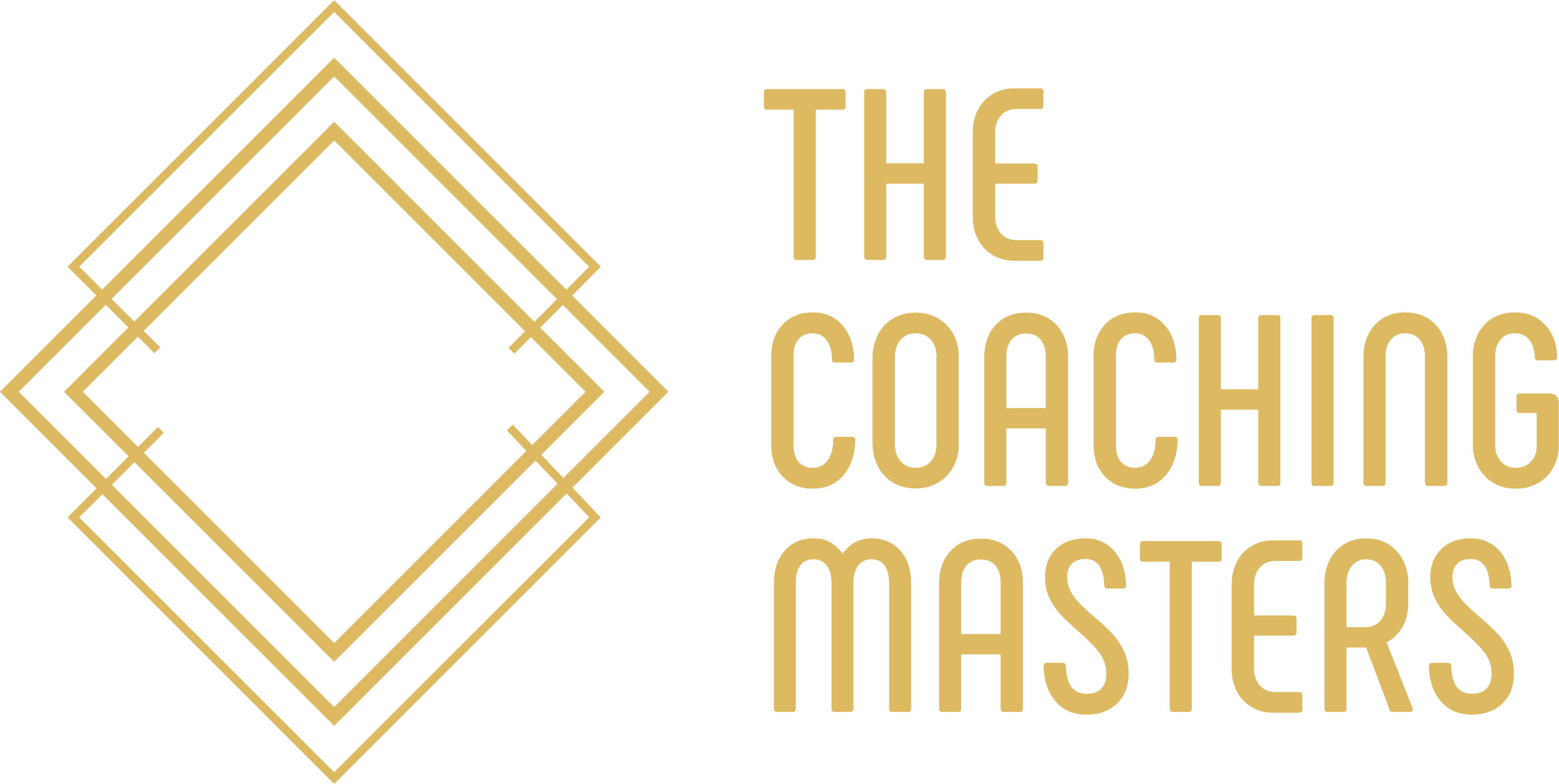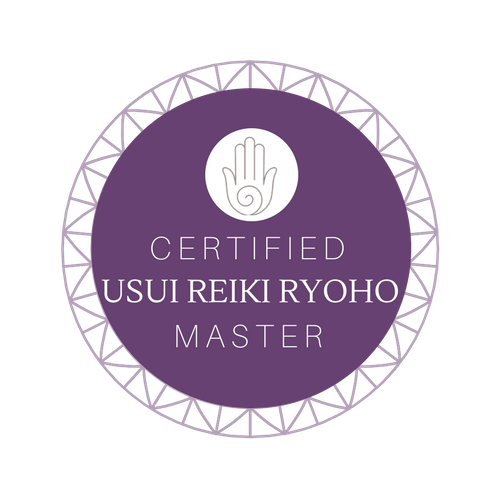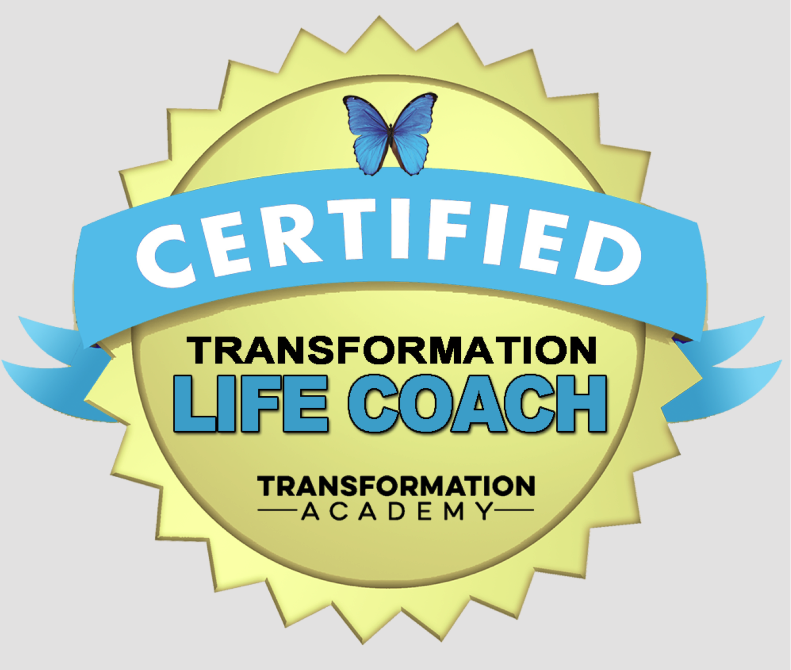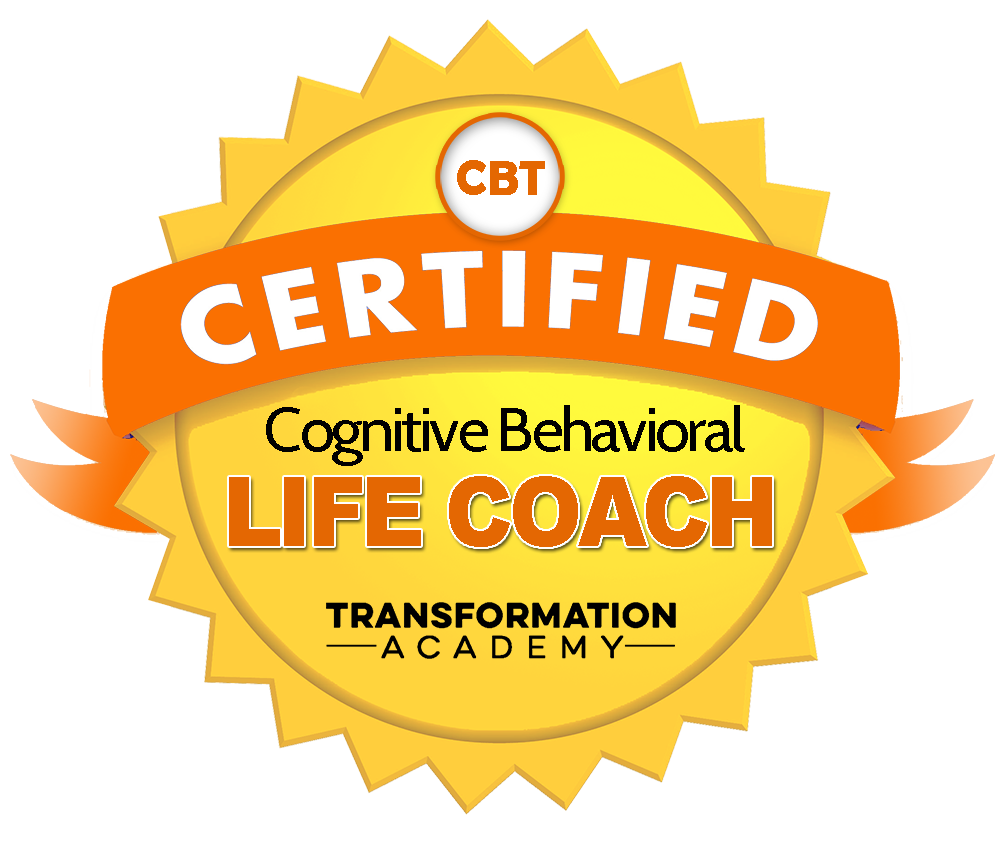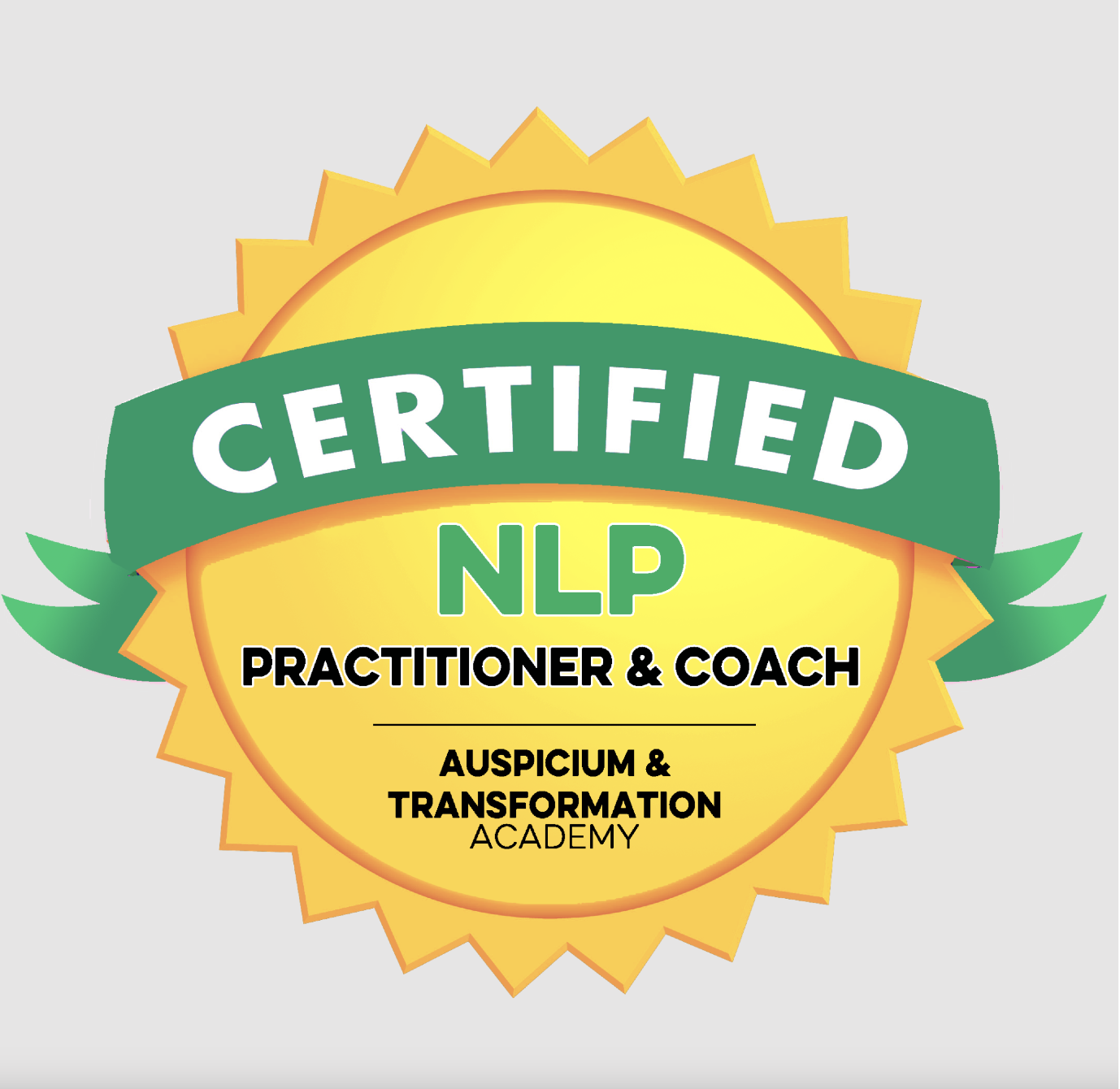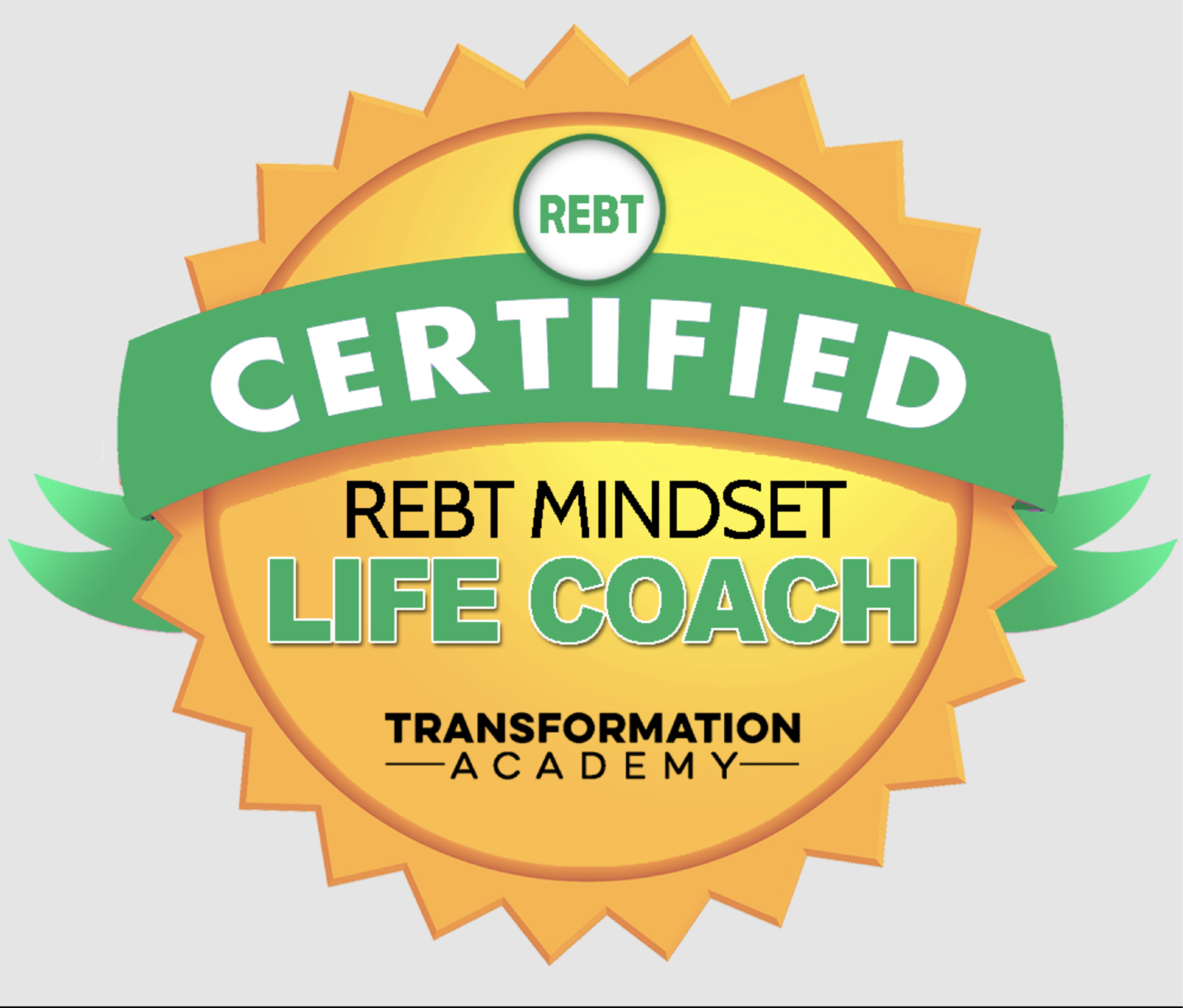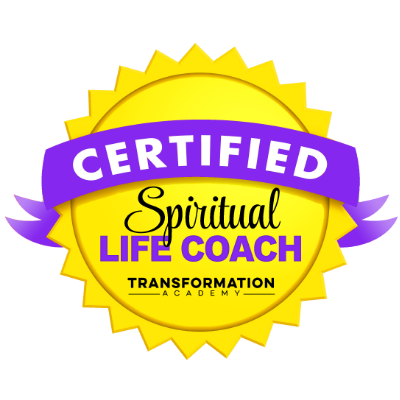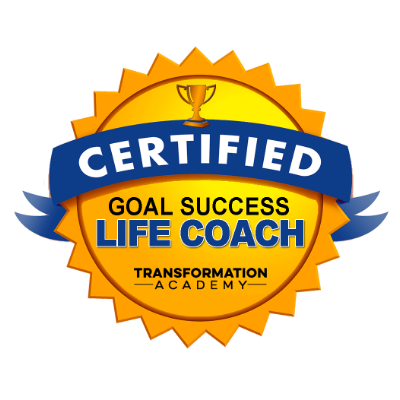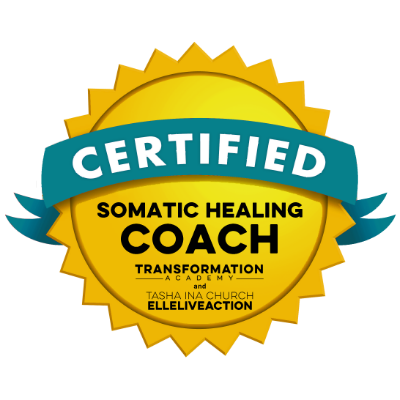Balancing Within: A Journey to Healing the Hidden Self
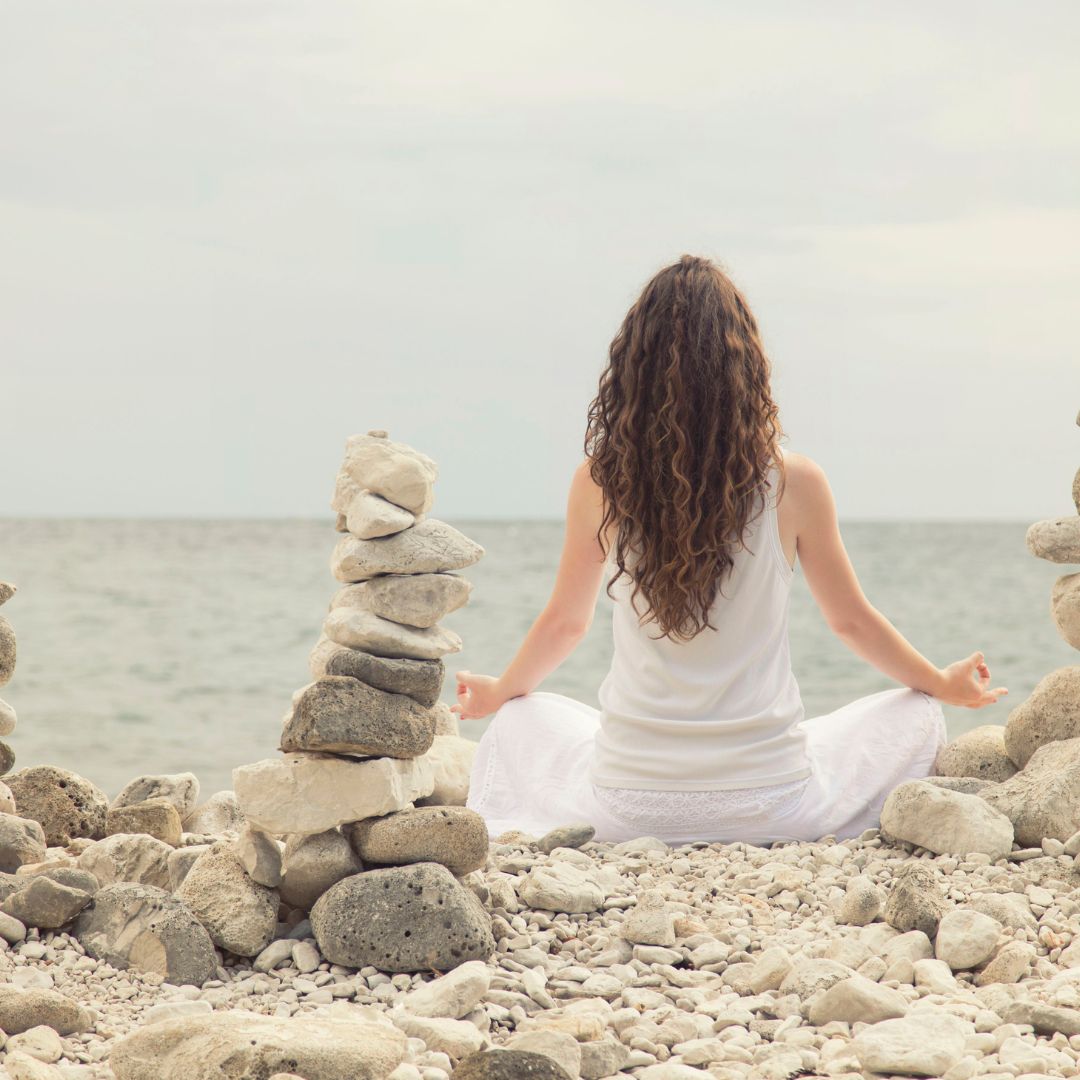
Healing the hidden self involves a journey into self-discovery, where we learn to balance our inner worlds, face our unconscious patterns, and uncover the aspects of ourselves that often lie buried. Balance is essential in this process, as it offers stability and insight into our progress, allowing us to measure the steps we've taken and adjust our path as needed. Just as balance in our physical world is rooted in our inner ear, our inner balance resides in our mind, body, and emotions. Through mindful exploration and careful self-evaluation, we can strengthen our sense of equilibrium, giving us the clarity needed to restore personal growth and achieve lasting change.
Balance, at its core, supports self-awareness. When we actively maintain balance, we gain perspective, which enables us to appraise our progress with openness and honesty. This is the foundation of growth; as we learn to check in with ourselves and assess the work we've done, we recognize where to apply more effort and where to take a break. An unbalanced approach can exhaust us, creating unnecessary stress, while balanced self-reflection supports sustainable healing. Developing this balance involves learning to use tools such as meditation, journaling, and even feedback from trusted sources, each helping us look within to refine our self-perception.
Healing the hidden self demands a deeper look into the subconscious, the repository of our thoughts, emotions, and memories that shape our actions and reactions. The hidden self, nestled in our subliminal mind, holds unresolved emotions, past traumas, and learned behaviors. These layers often influence our decisions without us being fully aware of them. Delving into the subconscious requires self-analysis, a gradual process of uncovering hidden beliefs and understanding patterns. This work is akin to peeling back the layers of an onion—it reveals inner truth but can feel overwhelming and expose us to moments of discomfort.
Managing this discomfort is where balance plays a crucial role. As we confront past experiences or hidden aspects of ourselves, a steady approach helps us remain grounded. Without balance, diving into past traumas or unresolved emotions can become overwhelming, making it challenging to proceed. Practicing methods that support mental clarity and physical relaxation, like meditation, yoga, and breathing exercises, can foster resilience, helping us cope with intense moments of self-discovery and enabling us to persist in our healing journey.
A balanced perspective also cultivates an open mind. This openness isn’t about accepting all experiences or influences without scrutiny, but about fostering positive change by staying receptive to growth. An open mind lets us examine habits, attitudes, and beliefs, acknowledging where they may no longer serve us. For example, a habit formed to protect us from hurt in the past may now be limiting our ability to connect with others fully. By being open and compassionate with ourselves, we can consciously release such patterns, inviting healthier behaviors that support personal and professional growth.
To explore the hidden self effectively, we must become skilled at self-analysis and introspection. This requires developing a “psychoanalytic” mindset—a willingness to question, reflect, and refine our thoughts. Psychoanalysis, traditionally used in therapeutic settings, can be adapted for self-inquiry through practices like journaling, which allows us to explore thoughts and emotions in depth. Another approach is meditation, a practice that promotes self-observation and helps us recognize subtle inner dynamics without judgment. Over time, these practices support an objective self-view, helping us become more aware of thought patterns and emotional triggers.
Our hidden self, buried in the depths of the subconscious, contains answers we seek about our motivations, fears, and desires. Uncovering this hidden self is not a quick process; it requires continuous dedication to self-exploration. As we progress, we begin to identify limiting beliefs and unresolved emotions that may have led to maladaptive behaviors or restricted our potential. By bringing these aspects into our conscious awareness, we gain the power to rewrite narratives that have held us back, replacing them with empowering perspectives that align with our true values and aspirations.
Balance remains crucial in this process because without it, we risk becoming overwhelmed or resistant to change. Self-reflection requires us to confront uncomfortable truths, which may stir difficult emotions such as guilt, shame, or fear. When balanced, however, we can approach these emotions with curiosity rather than avoidance, gaining insights that strengthen our resilience and personal growth. Without balance, these revelations could create additional stress or discouragement, potentially stalling our progress.
Effective healing of the hidden self often requires a mix of structured techniques and gentle, organic growth. Structured methods, such as setting personal goals or attending therapy, provide a roadmap for change, while organic growth allows for the flexibility to explore and adapt. Techniques like mindfulness and body-based therapies can bridge these approaches, offering us ways to be both structured in our healing journey and responsive to our needs. For instance, mindfulness encourages us to be present with our thoughts and emotions without attaching to them, helping us observe our inner world without judgment.
As we engage with healing the hidden self, we are reminded that balance is not a destination but an ongoing process. Achieving equilibrium in our inner world doesn't mean we will never experience challenges or setbacks. Instead, balance teaches us to be resilient, to return to a place of calm and clarity, even when we are confronted with life’s uncertainties. As our journey unfolds, we become more adept at measuring progress, setting realistic goals, and staying attuned to our emotional and mental states, which in turn enables us to make informed decisions.
In Summary
Healing the hidden self is an intricate dance between balance, self-awareness, and personal growth. Balance gives us the foundation to confront our subconscious, unveiling the deeper aspects of who we are and who we wish to become. As we cultivate balance, we gain the ability to assess our growth, letting go of past traumas and adopting new, healthier perspectives. This journey to heal the hidden self is continuous; it empowers us to live with authenticity, align with our inner truth, and contribute positively to the world around us. By integrating balance into our lives, we create a framework that not only supports our well-being but also lays the groundwork for sustainable, transformative change.
Click the link below to book your free clarity call or free virtual coffee chat.
Grab a copy of our newletter by completing the form below, this will then be sent to your inbox every month.
My Affirmation For The Week
"Creativity is contagious. Pass it on."
